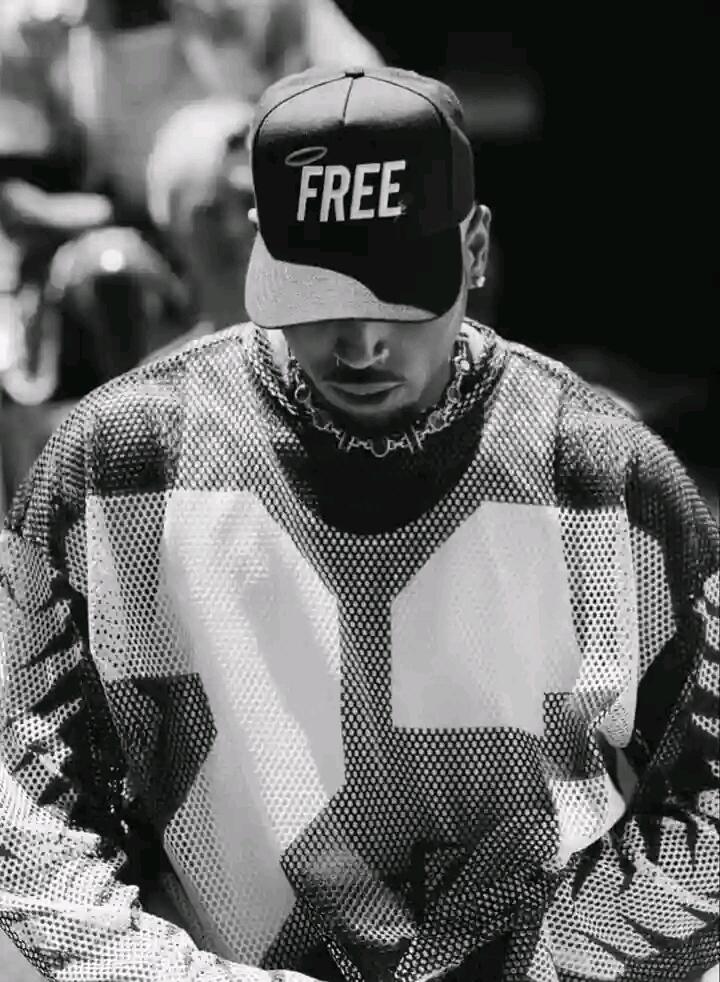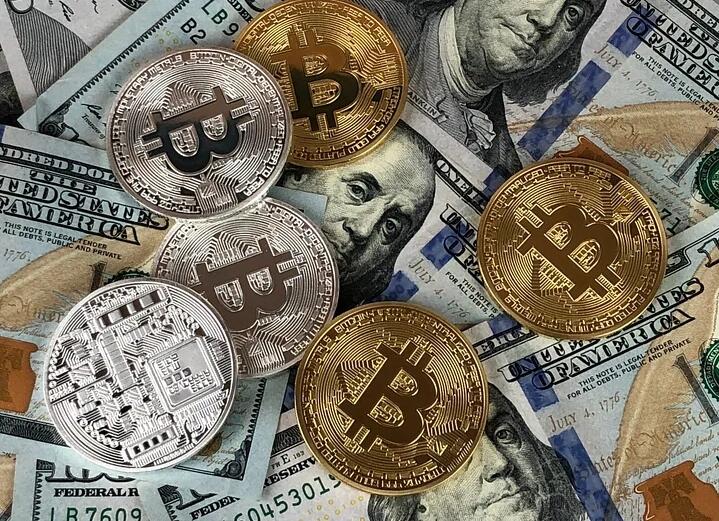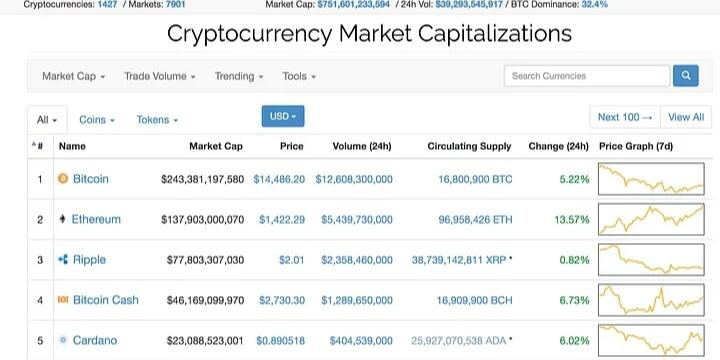-
 @ OTI
2025-05-28 00:24:10
@ OTI
2025-05-28 00:24:10 This article is meant to give some tips on trading crypto but does not mean you should take any mentions of currencies as advice to buy or sell. I am writing this guide to help people navigate the many currencies, exchanges, and resources to find a coin to trade.
This article is meant to give some tips on trading crypto but does not mean you should take any mentions of currencies as advice to buy or sell. I am writing this guide to help people navigate the many currencies, exchanges, and resources to find a coin to trade.Getting the big picture (or your first stop) Before you go sign up for an exchange to trade on, first it’s always a good idea to get an idea of what’s happening in the market. To do this, I use a couple of resources but they all come from one place: Coin Market Cap.

What’s better than opinions and articles about a particular coin? Data. Coin Market Cap (CMC) provides data on all coins available, if a coin isn’t listed on here, you’re probably looking at something not available to trade or something that’s been long dead. When you first load up CMC, you’ll see a list of the top 100 coins right now. From here, you can navigate to check out a lot of different things.
The website is one of the most important things to look at, it’s the place where you will find the utility of a coin.The other links below the website link are informative but another important one is the Source Code link. A good indicator to look for is recent activity and to see if the coin has people working on it at least in the past month or so. Here, if a coin hasn’t had any activity for the past year or so, it’s as good as dead. Some coins won’t have a source code and that usually is a bad sign, the only exception is Bitcoin
Another thing you will want to look at along with website and source code is if there are any links to Twitter, Reddit, or any other social platform and how active the coin and its development team are around the web. This important to look at because you’re getting to know the people behind the coin you’re putting your money into. If you can’t find people responsible for the coin, the coin might be disappear.
I advise to look at some other coins on Coin Market Cap and learn about them so you have an idea of what their websites look like
Trading coins To buy or sell your coins, there’s a couple of basics we need to get figured out first. You’ll need a Coinbase account to buy Bitcoin, Ethereum, Bitcoin Cash, or Litecoin using dollars. The first problem you’ll notice with that previous sentence is that, there’s not many choices to buy. Of course, that gives you four currencies to buy but you’ll want to trade other currencies and that’s where things get a little messy. I decided to only list these but if you do a search for “crypto exchanges”, you’ll find alot of them. My top recommendations is Binance, it’s relatively easy to use and they have a lot of coins to choose from.
Transfer and Transaction fees I think the biggest cost that will come early on is fees for purchasing from USD to a currency and transferring to another exchange. A typical purchase using USD on Coinbase is calculated as 1% of the amount you’re purchasing, regardless of which coin. After you purchase using your Coinbase, you’ll want to transfer to another exchange, and at this point, you’ll be paying to transfer out. Trading on an exchange After you’ve done some research into a coin, bought a coin to transfer on Coinbase, and then transferred it over to an exchange, you’re ready to trade. There’s not much to trading, you put in an order and within minutes, it should be filled. It’s always best to do a limit order and set your price so you know beforehand what you’ll be paying and what you’ll be getting.
Final thoughts Trading coins means you’ll be dealing with real money and it’s your own money but I urge you to do as much research as possible before buying one. Looking at data on Coin Market Cap will give you insights but looking at the charts will give you some fear, uncertainty, and doubt but please you should be investing instead of day trading if you expect to grow your investments in the long run